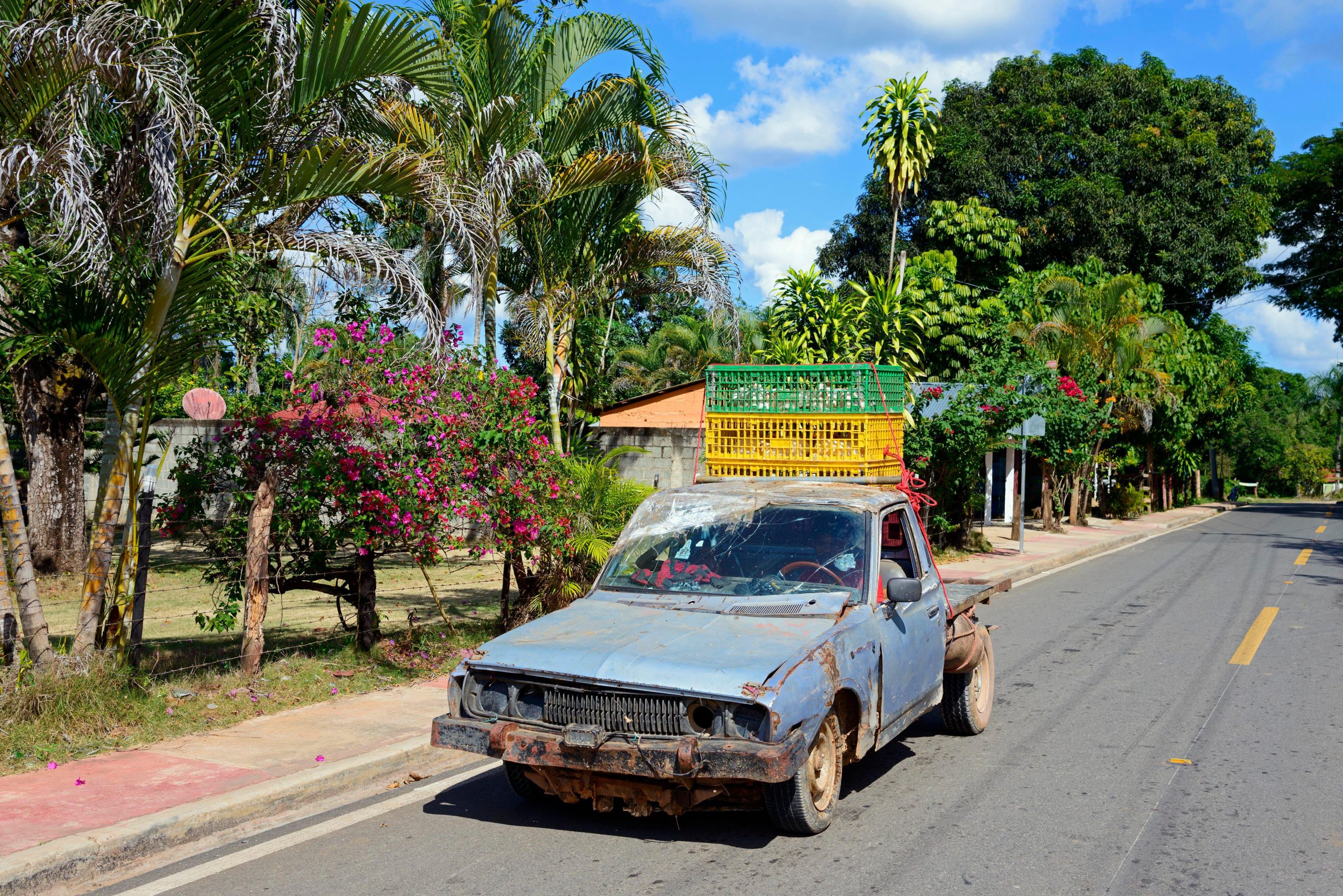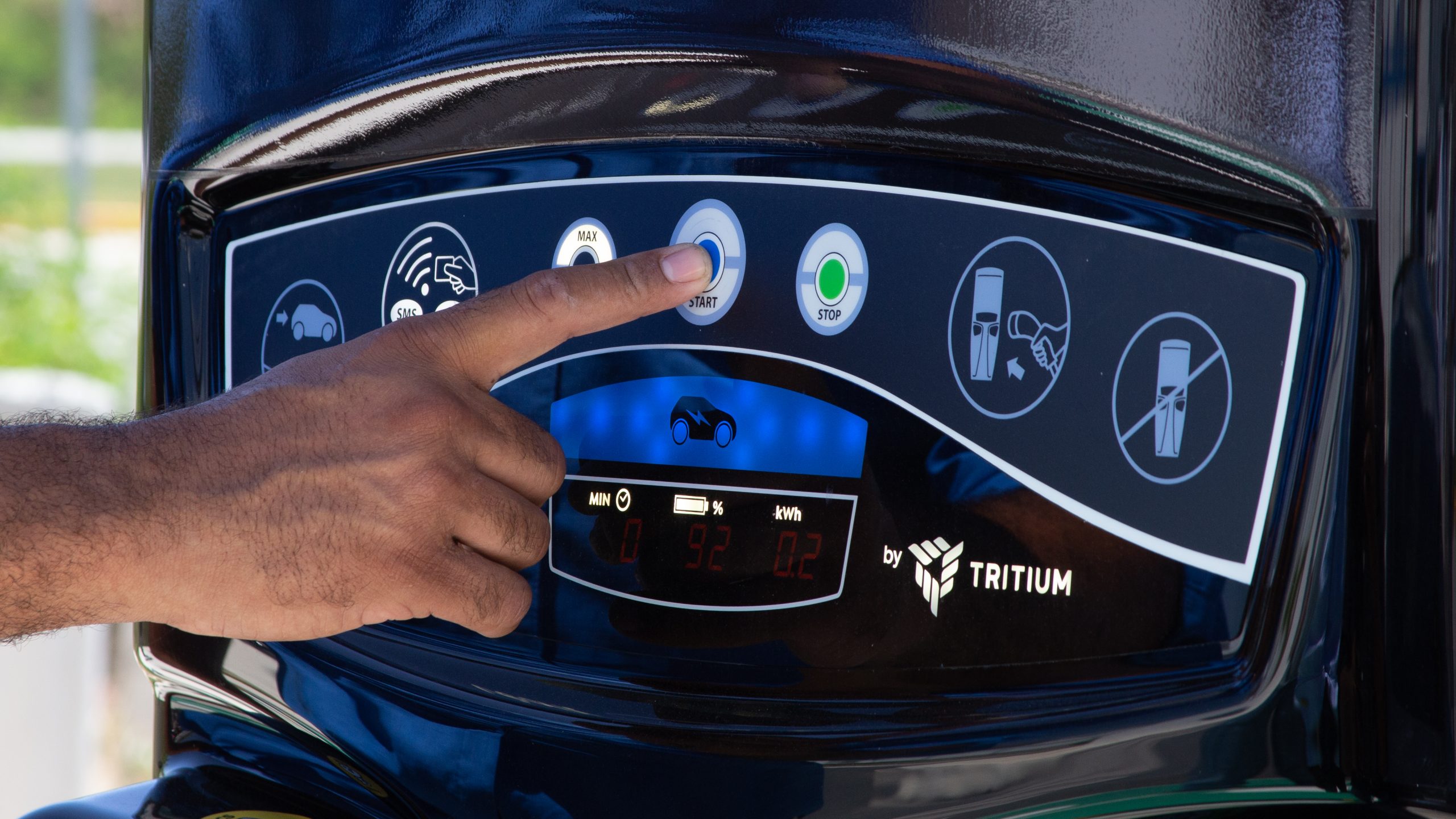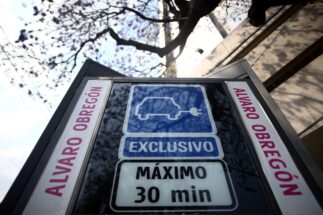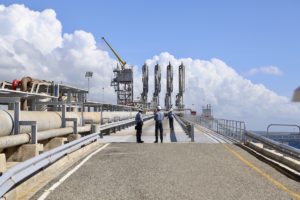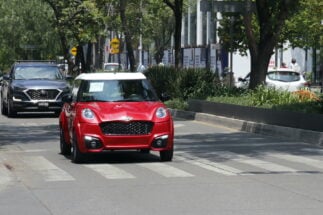In August 2020, the Dominican Republic’s newly elected president, Luis Abinader, made headlines as he arrived at his inauguration ceremony in a black Tesla. His choice of an electric vehicle as his official ride did not go unnoticed, even attracting attention from Tesla CEO Elon Musk.
For Dominicans, that their president had opted to go electric was something of a novelty, and cause for enthusiasm. Almost three years on, EVs are still an exotic beast in the country: imports have increased, but spotting them on the streets of the capital, Santo Domingo, is still not so common.
However, Robert Abréu, an owner of a car dealership in the city, says he is now selling more electric cars than conventional ones. “The tides are turning,” he says, adding that the middle class are growing more interested in these vehicles, not only as they are zero-emissions, but also because of the possible longer-term savings in maintenance and fuel.
The Dominican Republic’s National Strategic Plan for Electric Mobility, published in 2020, stated that the growth of electric transport in the country had to that point been steady. It reported that the number of EVs imported into the country had tripled in recent years, taking the total fleet from 130 vehicles in 2017 to around 400 by 2019.
The plan targets EV penetration of 10% for private cars and 20% of the country’s public fleet by 2030, in what it defines as a moderate scenario. If these goals are realised, this would represent a 44% reduction in CO2 emissions projected for the internal combustion engine vehicle fleet, the plan reports.
Growth has gathered pace since the plan’s release. According to data provided by the DGII, the state tax collection agency, 1,919 new electric vehicles were registered in 2022. This represented 0.6% of the total of 311,548 vehicles that entered the fleet during the year.
For Charles Sánchez, former president of the Dominican Electric Mobility Association (Asomoedo), the country is setting a benchmark in Latin America and the Caribbean, ranking third in number of electric cars and chargers per capita, above countries such as Colombia and Mexico.
However, Mobilise Your City, a global alliance promoting sustainable urban mobility, has identified major challenges to the electric transition in the country, including inequity in access to transport, in a sector marked by informality and the circulation of obsolete and highly polluting cars.
Taxes and state role
By 2022, the Dominican vehicle fleet was made up of 5.4 million units, of which 38.9% were vehicles registered as manufactured prior to 2000. Only 10.7% were vehicles of five years of age or less.
The circulation of chatarras or “junk” vehicles is a sizable problem for the country’s transition. In addition to posing a safety hazard on the roads, these vehicles aggravate pollution.
In an attempt to remedy this, the National Institute of Transit and Land Transportation (Intrant) has announced that it will introduce a mandatory vehicle inspection from 2025. But the measure has already met with criticism, including from opposition politicians, who have denounced plans for inspections to be handled by private companies, in partnership with the state. They say this should be solely a state responsibility, but also criticise it for bringing a new tax burden on the population.
“Electric mobility would be the best thing for everyone, but it is very expensive,” says Antonio Marte, a Dominican senator and transport union leader. He describes the country’s inter-city public transport fleets as a “public danger”, but says that “nobody cares” about updating them because import taxes for new units are so high. “An electric bus here costs around 300,000 dollars,” he says.
Electric mobility would be the best thing for everyone, but it is very expensiveAntonio Marte, Dominican senator and transport union leader
In this context, Marte proposed an electric mobility project to the government last year. This would involve the purchase of some 2,000 Chinese-made electric cars for the taxi service, financed with the tax of two Dominican pesos (US$0.03) on each gallon of fuel that is already stipulated under national Law 253-12, created with the aim of renewing the vehicle fleet and promoting road development.
Marte complains that, currently, when any imported vehicles arrive in the country, they are held up by customs.
The Dominican Republic does have legislation providing incentives for the import of non-conventional energy vehicles. Law 103-13 states that vehicles such as “electric, hydrogen and other related vehicles are commonly unaffordable to the general public due to the high initial cost of their use”, which is why it established a 50% reduction in import taxes and the registration fee for the vehicle’s first number plate.
The electric vehicle sector has considered the law as positive, but figures in the sector believe such tax incentives should now be increased, considering that the country’s 18% tax on transfers of industrialised goods and services (ITBIS), the equivalent of value added tax, makes the overall price of a vehicle very expensive.
“In other countries they have dismantled all taxes on electric vehicles, in some for a period of two to five years,” says Charles Sánchez, who cites Costa Rica as an example, with an exemption and gradual rise in VAT on EVs, starting at 0% in 2022, rising by 1% each year to reach 13% in 2035. The country also set a full exemption on customs value tax on EVs in 2022, which will reach 25% in 2033.
Beyond these few measures in the Dominican Republic, the state’s participation in the massification of green vehicles is still timid.
The public bus authority, OMSA, inaugurated five new routes in Santo Domingo between January 2021 and May 2023, none of which make use of electric buses, despite at least one having been initially announced with plans for such vehicles.
Sánchez claims that the state backed away from plans to electrify these new routes, likely because of conflicts of interest with transport unions, for whom the government subsidises a portion of fuel costs.
He also calls for the implementation of a rule for state institutions to lead the transition to electric mobility, by including requirements for 30% of vehicles in their transport tenders to be non-polluting options.
‘The present is electric’
Carlos Lantigua, an electrical engineer and vice-president of Asomoedo, recalls a first meeting of electric vehicle owners in 2017, when the charge and range of these cars was still relatively limited.
“At that time it was utopia to talk about electric mobility in the Dominican Republic, and now it is a reality,” he said enthusiastically at the third Sustainable Mobility Expo Fair, held this June in Santo Domingo. The event brought together the main companies and importers in the sector and was organised by Rafael Flores of Dominican EV platform Vehículos Eléctricos RD, who was one of the attendees at that first meeting.
At the fair, more than 60 models of electric and hybrid vehicles, scooters and motorbikes were on show. One of the banners hung for the occasion read: “The past is history, the present is electric.”
Having just returned from April’s Shanghai Auto Show, one of the largest in the automotive industry, Lantigua highlighted that China is the main producer and consumer of electric vehicles, with everything necessary – access to raw materials, technology and workforce – to make an efficient electric car at a good price, with batteries that may reach 1,000 kilometres of range per charge, even at higher speeds.
Currently, there are more than 500 charging points across the Dominican Republic, almost all of them installed by the company Evergo Dominicana.
Lantigua added that it is vital to boost and integrate renewable energy in the transition to electric mobility. Currently, 87% of all the energy consumed in the country is derived from fossil fuels. Only 14% of its electricity is generated by renewable sources.
The challenges: Costs and access
The challenge for the entire automotive industry is not only to improve the performance of electric vehicles, but also to reduce harmful impacts of their production process: the manufacture of batteries requires the extraction of critical minerals and metals such as lithium, which can have a high environmental cost for countries such as Bolivia, Argentina and Chile, which make up the so-called “lithium triangle”.
In this regard, Lantigua says that, unlike combustion vehicles, electric vehicles can always be made cleaner, explaining a number of new battery options on the horizon: “The main Chinese companies are no longer using cobalt, they are replacing it with iron. This year, Chinese company CATL will bring out the sodium-ion battery – literally made with salt – and the ‘condensed battery’, which is much easier to manufacture and more efficient.”
Of his own time in China, Lantigua says: “I went to cities where almost 50% of the cars are already electric. The market is changing dramatically.”
Expert have projected that innovations and growing demand will result in the price of electric vehicles matching that of conventional vehicles by around 2026.
Meanwhile, in recent years calls have grown from environmentalists to also promote walking, public transport and micro-mobility – a stance with which Lantigua also agrees: the electric car, he says, is not per se the instant solution to current challenges.
What is needed, he says, “is for the institutions to work so that the efforts have a real impact.”
“If we want to comply with the Paris Agreement [on climate change] and the millennium goals, that can only be achieved with micro-mobility and mass electric transport,” he concludes.
His business, GigaAuto was the company that, without knowing the identity of its customer, sold the Tesla to the president.
This article was originally produced with the support of Climate Tracker Latin America. This translated and lightly edited version is republished here with permission.

